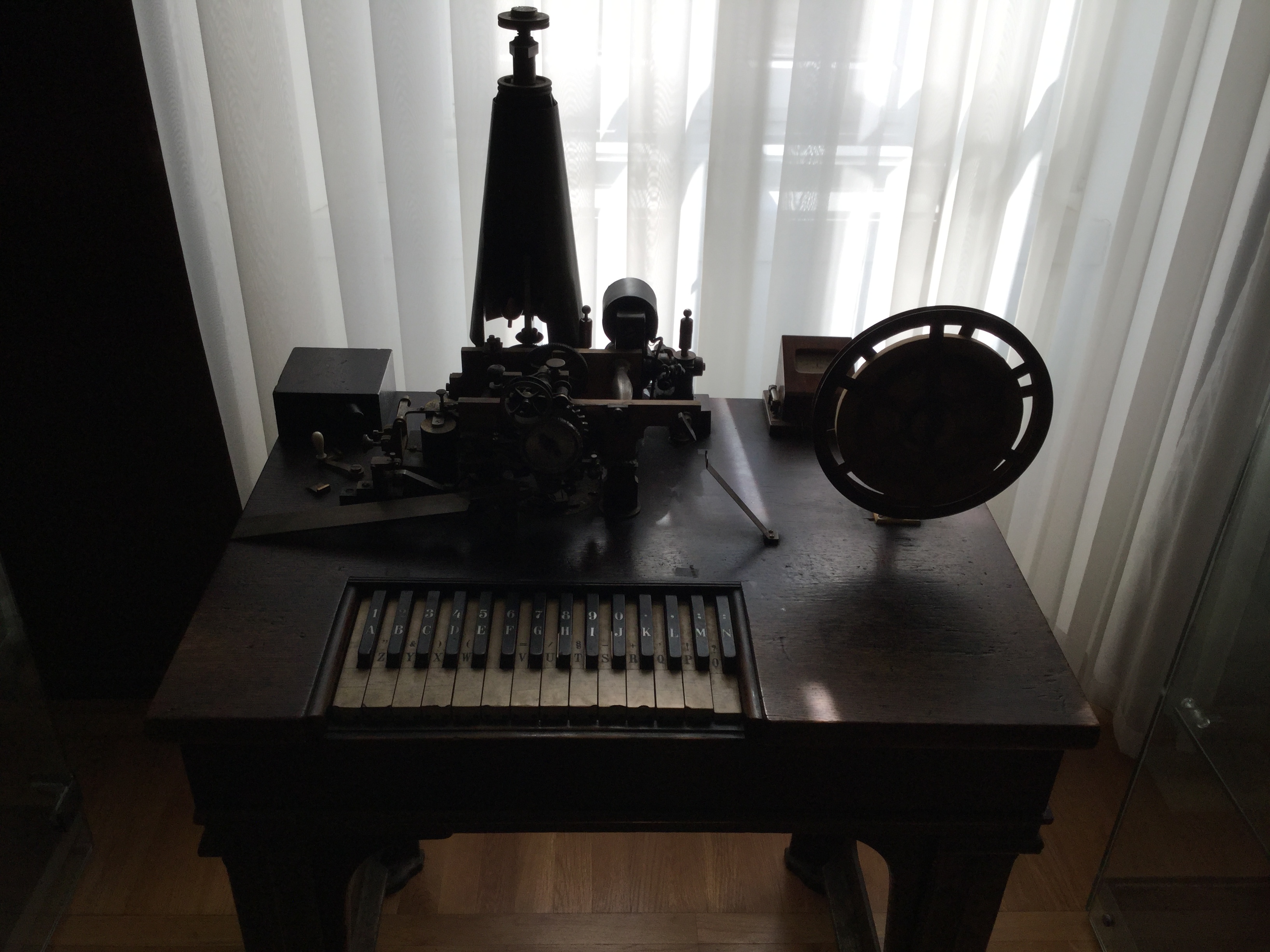Real life trauma case study: Priscilla's story - London.
Case Study - London Ambulance System Disaster, 1992 In October 1992, the London Ambulance Service suffered a disaster that brought their operations to a virtual standstill over 36 hours, and up to 20-30 people may have died as a result of ambulances arriving too late on the scene.
Real life trauma case study: Priscilla’s story. Priscilla Currie, 28, suffered serious injuries after her motorcycle collided with a car in Bloomsbury. A passer by called 999 for an ambulance. A motorcycle paramedic, cycle responder and an ambulance crew were immediately dispatched by the London Ambulance Service control room.

Real life trauma case study: Daniel’s story. Daniel Gray, 21, suffered severe brain injuries when he lost control of his car on a wet road in Ruislip and crashed into a tree. But thanks to the immediate lifesaving care by London Ambulance Service staff, the London Air Ambulance’s medical team and the specialist trauma team at St Mary’s.
This paper provides an introduction to the IWSSD-8 (8th International Workshop on Software Specification and Design) case study-the “Report of the Inquiry Into the London Ambulance Service”.

A Case Study by the London Ambulance Service NHS Trust. Background. London Ambulance Services employ 5,500 staff based at ambulance stations and support offices across London. We are the capital’s ambulance service and the only NHS Trust that covers whole of London. We have a total of 70 ambulance stations across London. The Project.

Case Study. London Ambulance Service. Improving Decision Making to Help Save Lives The Challenge. As a key part of the capital’s emergency services team, the London Ambulance Service provides a fast and effective response unit for public incidents. Historically, its specialised team has worked in relative isolation, without the facilities to communicate quickly with other emergency services.
Kent v Griffiths (2000) 2 WLR 1158 Court of Appeal The claimant was having an asthma attack. Her doctor attended her home and called for an ambulance at 16.25. The ambulance, which was only 6 miles away, did not arrive until 17.05.

The Disaster in London-The LAS Case study Description of the case situation This case describes the process where London Ambulance Service throughout the last 20 years has tried to implement a new and it-based despatch system.

Essay on IT study Of London Ambulance Service - The Disaster in London-The LAS Case study Description of the case situation This case describes the process where London Ambulance Service throughout the last 20 years has tried to implement a new and it-based despatch system.

Case study: London and West Midlands Ambulance Services The West Midlands Ambulance Service NHS Foundation Trust (WMAS) is one of only 12 ambulance services in the UK. WMAS is not only the second-largest ambulance service in the UK it is also one of the best performing.

Case study Advanced paramedic practitioner programme London Ambulance Service NHS Trust The challenge People who are very seriously ill or injured often need access to senior clinical input, which may encompass additional clinical interventions, decision making, leadership and support. This remains the case regardless of whether the patient is in a hospital or out-of-hospital setting. With.
Earlier this year, the National Quality Board (NQB) published a safe staffing resource for NHS provider boards to help assure the delivery of compassionate, effective, safe and sustainable high quality patient care. As one of the bodies on the NQB, our initial engagement work involved spending time talking to front line services to collect staffing and workforce case studies which provide.

The London Ambulance Service introduced a new computer-aided despatch system in 1992 which was intended to automate the system that despatched ambulances in response to calls from the public and the emergency services. This new system was extremely inefficient and ambulance response times increased markedly. Shortly after its introduction, it.



